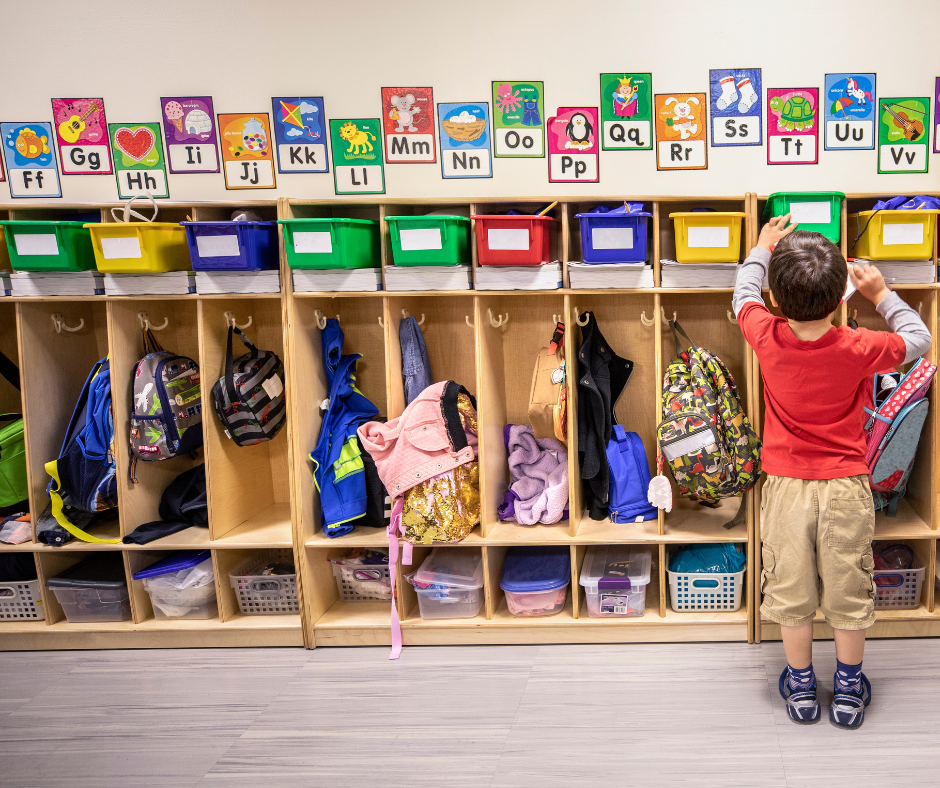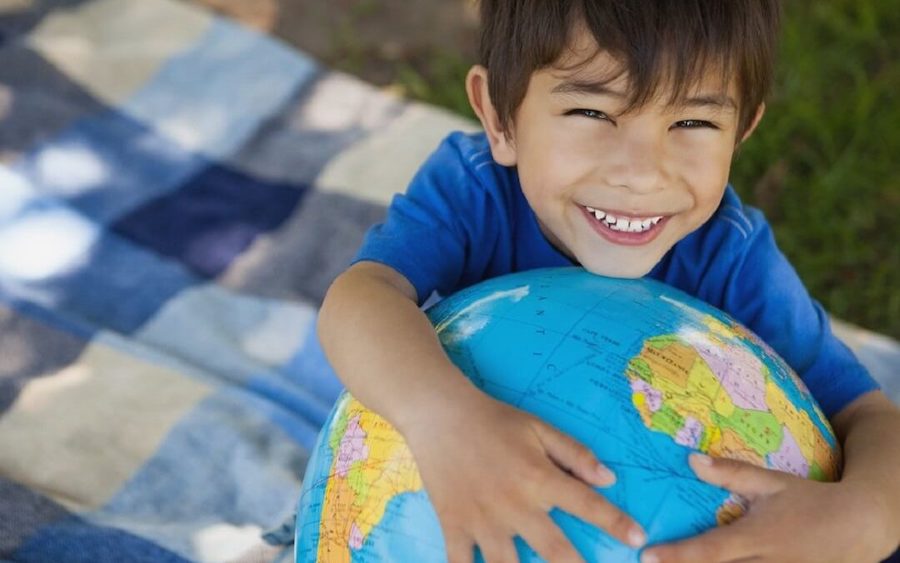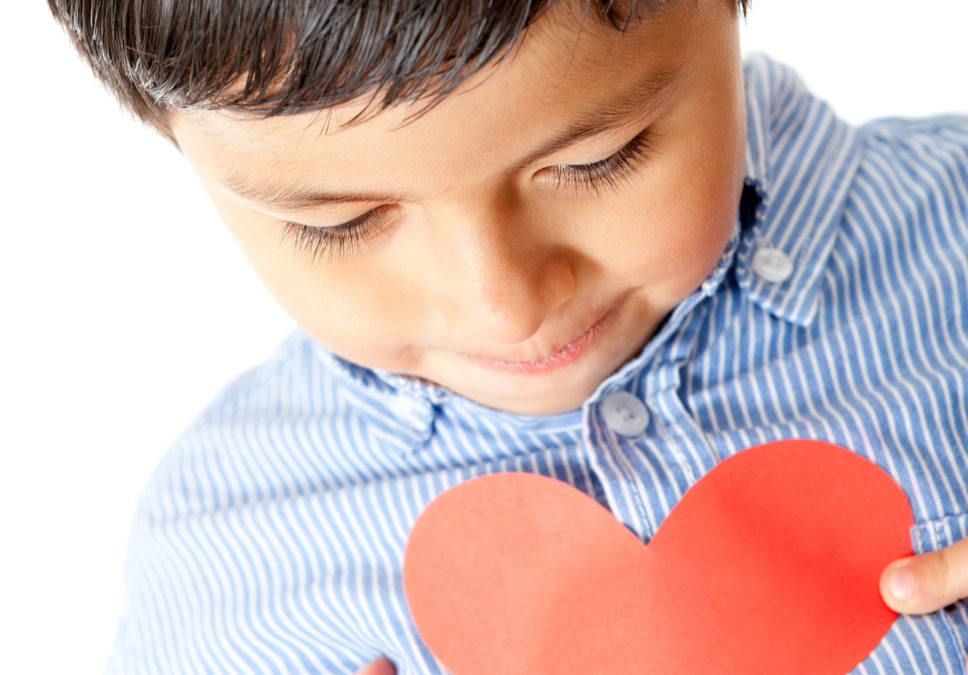
Using Movement as a Behavior Management Strategy
At Walkabouts, we understand the importance of regular movement throughout the day. Regular physical activity benefits everyone. In school settings, frequent movement can help students improve focus, attention, and overall learning.
School days are packed with daily classroom tasks and routines and filled with teacher-led lessons and student practice to cover the curricular standards and meet learning targets.
With instructional time strategically allocated, it may seem difficult to find an opportunity for more. However, physical activity during the school day should not be seen as something that is additional but instead as something that can be deliberately integrated. Movement paired with academics helps to enhance student learning. Concepts students learn with movement have a tendency to stick with them. As a best practice, teachers can incorporate physical activity to reach and benefit all learners.
Even though a kinesthetic connection helps with academic recall, any kind of physical activity can benefit students both academically and behaviorally. Physical activity helps to stimulate the brain, improving cognitive function. Movement will not only help students to become better learners, but it will also help decrease disciplinary issues. Movement can help increase students' focus, emotional awareness, self-control, self-awareness, and accountability. Therefore, movement can be a helpful behavior management strategy.
Here are three ways to use movement to help manage student behavior throughout the school day:
1. MOVEMENT WITH THE MORNING ROUTINE
When students arrive at the beginning of the day, direct them to move throughout the classroom to set themselves up for success. A predictable morning routine helps to ensure that the day starts on a positive note.
Beginning of day routines may include:
- Check in with the teacher. This can be a quick wave hello, high five, fist bump, or hug — whatever the student feels comfortable with. This is a great way for teachers to touch base with each student and build relationships.
- Hang up or put away items including book bags, backpacks, lunch boxes, coats, jackets, etc.
- Unpack or turn in items. This may include turning in completed work and/or daily folders, unloading school supplies and water bottles, and dropping off library books in designated spots.
- Take attendance. Consider letting students help take attendance by marking themselves present in a designated spot in the classroom.
- Complete movement-based morning work at stations or student desks.
Student-led morning tasks allow for deliberate movement with accountability instead of students either roaming freely or being confined to their desks. These activities set the stage for moving with meaning and purpose throughout the day.
2. MOVEMENT DURING TRANSITIONS
As your class transitions from one activity to another, incorporate movement. When students get back from lunch, recess, or a specials class, teachers are eager to get the learning started. However, students may need to self-regulate to prepare for learning.
While some students are eager to begin the next task, others might be hesitant. Putting movement-filled transitions in place helps students come together as a class as they prepare for the next activity. A short movement activity can help reduce student distractions during lessons. Completing a transition after an activity wraps up serves as a reminder that something new is coming.
Movement-filled transitions only take a few minutes and will help activate students for learning. Depending on the next activity, transition types will vary. Slow, controlled movement transitions can be especially helpful if the next task requires students to stay seated. Exciting, energetic movement transitions if students need a boost. Experiment with the following to determine what works best with your students and in your classroom.
- Invigorating exercises such as jumping jacks, high knees, lunges, etc.
- Gentle stretches such as touching toes, stretching arms up or from side to side, twisting at the waist, etc.
- Mindfulness movements such as breathing exercises, focusing on the five senses, yoga poses, tai chi movements, etc.
- Freestyle dancing (and singing) to music (energetic or slow)
- Choreographed movements or dance moves to music (energetic or slow)
- Rhythmic movements to music such as marching to a beat or swaying from side to side
- Free choice movements
Transition movements can change daily, weekly, or monthly and can be tied to holidays or classroom themes.
For example:
- Monday: March in place to the beat (paired with rhythmic drumming or clapping)
- Tuesday: Toe touches or windmill toe touches (cross body)
- Wednesday: Waddle and wiggle (and other silly movements)
- Thursday: Tap head, shoulders, knees, and toes (with increasing speed)
- Friday: Freeze dance (with or without music)
Check out other tips for staying active during the school day here.
3. MOVEMENT WITH WALKABOUTS
Amp up student engagement and limit behavior issues with interactive Walkabouts lessons. Walkabouts are on-demand adventures that transform math, language arts, and reading content into short, movement-rich activities for pre-K to 5th grade students. Teachers report that Walkabouts help build students’ self-confidence, improve self-awareness, and enhance self-control. This evidence-based online curriculum supplement makes it easy for teachers and parents to create kinesthetic learning activities — fun lessons that bring key concepts to life through active learning techniques.
Teachers can select Walkabouts by grade, subject, keyword, or lesson. Within minutes, students will be out of their seats and engaged in an active lesson that integrates fundamental movement such as hopping, jumping, and running with math, language arts, and reading content.
Help support better behavioral outcomes for all students by integrating these movement opportunities in the classroom. Incorporating physical activity really does improve student outcomes! Getting kids moving helps them learn — and there’s research to prove it. Walkabouts do more than make language arts, math, and reading lessons fun. They also trigger students' kinesthetic intelligence. Walkabouts are evidence-based, and each online adventure engages students in kinesthetic learning. Ready to try Walkabouts? Click here to sign up for a 30-day trial today!





